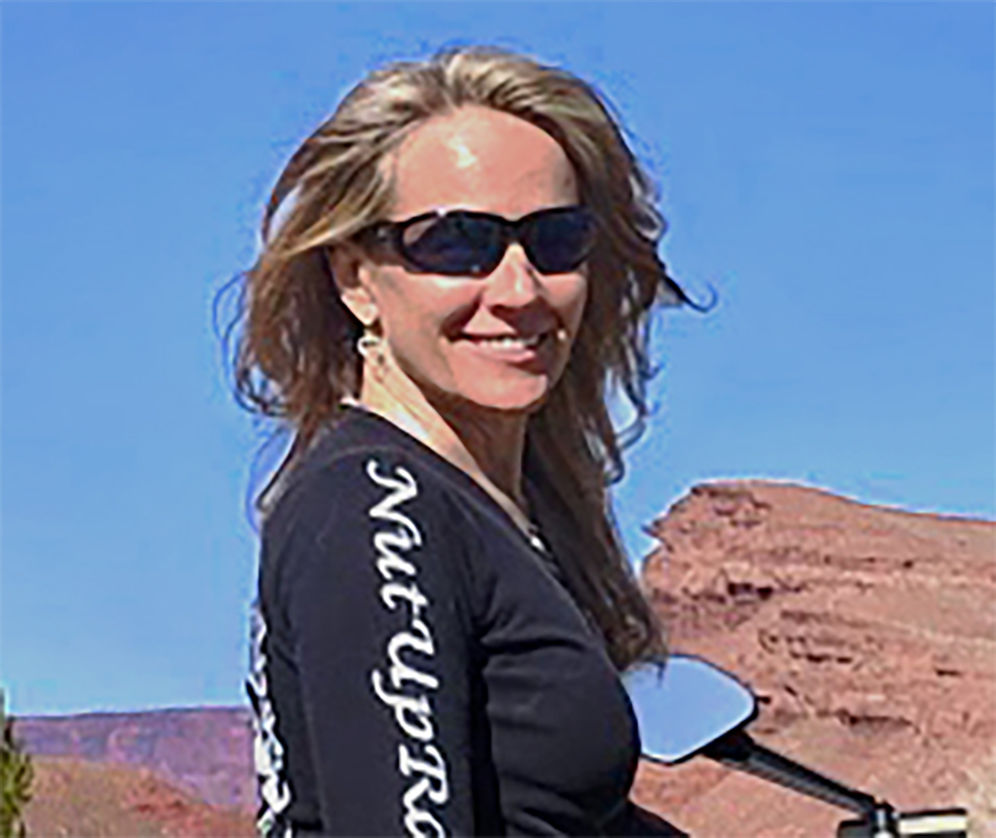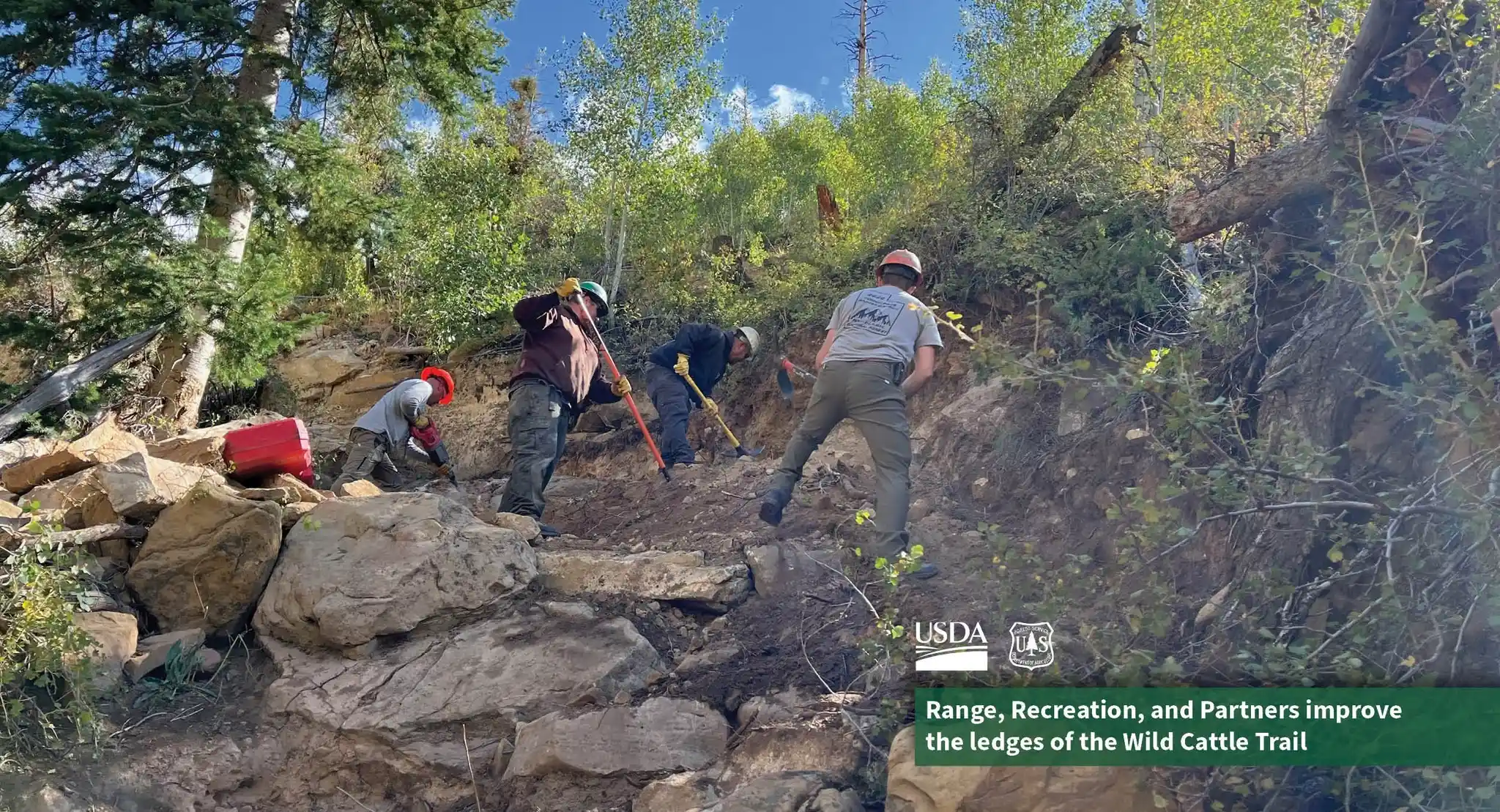Non-riders are constantly approaching me to ask about my bike and oftentimes tell me how dangerous it is.
They will share stories of how their brother/uncle/friend/neighbor had “horrible motorcycle accidents,” feeling a need to include gory bodily injury details and usually wrapping it up with a stern warning for me to be careful. Considering the majority of motorcycle accidents are caused by a vehicle entering the motorcyclist’s lane of travel and crashing into them, I find this incredibly ironic. Instead of telling a rider how dangerous it is, it would be more helpful to become aware of what the dangers are in actuality. Watch for bikes, expect motorcycles in traffic, look for them to be behind large vehicles, and remember the slogan “Look Twice, Save a Life.” These efforts will do more to keep riders safe than well-intended, but unwelcome, lectures from strangers.
On May 14, House Bill 149 will grant Utah motorcycle riders the ability to legally lane-filter. A practice endorsed by the American Motorcyclist Association (AMA), lane-filtering and lane-splitting is common in the rest of the world. Contrary to the public’s impression from adrenaline-filled YouTube videos of sportbikes racing at high speeds between lanes of traffic on the highway, riding between lanes has been proven to have safety benefits when done properly.
Utah’s new conservative law only grants riders the ability to lane-filter, where motorcycles filter to the front of intersections while surrounding traffic is completely stopped. Lawmakers, some riders themselves who have experienced being rear-ended, cited in-depth research proving both safety benefits to riders and the reduced traffic congestion for fellow motorists.
The filtering law only pertains to roads with two lanes traveling in the same direction with speeds of 45 mph or less and riders cannot exceed 15 mph as they filter. Those who ride will surely encounter confused frustration by motorists unaware of the new law. Riders will have strong motivation to deescalate road rage instances as the right to lane-filter will be up for review in three years, and how well we can integrate this law into public acceptance will be key.
Riders are already on the defensive from the increase in cell phone use while driving. The Utah Department of Public Safety states that nearly half (54%) of distracted driving accidents were rear-end crashes, which leaves motorcycles as the most vulnerable. According to a study by Florida Atlantic University and the University of Miami, the states with moderate to strong cell-phone-use-while-driving bans have reduced motorcycle fatality rates by as much as 11%.
Yet the punishment for distracted driving in Utah remains a class C misdemeanor with a maximum fine of $100. This is infuriating to riders who believe distracted drivers are putting their lives are at risk.
Additional risks come from poorly planned intersections on Main Street in Moab while we play host to millions of tourists, creating serious congestion issues. Neglecting to install left turn lights may be annoying to car drivers, but it poses serious risks for riders.
As drivers impatiently dart through small openings in the endless sea of oncoming traffic, there is little to no time to see smaller motorcycles which may be hiding behind larger vehicles. Over half of all motorcycle accidents and a full 36% of all motorcycle fatalities occur when the vehicle is making a lefthand turn, increasing risk of injury and death for our riding community. Sadly, in most cases, a life must be lost before the dangers are recognized and alleviated.
The most comprehensive motorcycle accident and safety study was initiated by the Department of Transportation’s National Highway Traffic Safety Administration. It discovered the average motorcycle crash speed to be 21.5 mph, and only 1 in 1,000 crashes were at speeds near 85 mph, highlighting that riders are at the most risk by other vehicles in traffic at slow speeds.
Although technological advancements now offer incredible features on motorcycles, such as heated seats and cruise control, levitation and teleportation are not optional equipment. Motorcycles do not “come out of nowhere,” which is the most common sentiment stated after a car hits a motorcycle.
Please, start looking for motorcyclists on the road. The four most dangerous words for a motorcycle rider are: “I didn’t see them.”
Samantha Bonsack owns Nut-up Events, hosting 1,500-mile motorcycle rides based out of Moab. She is an Iron Butt rider, member of the Patriot Guard Riders, Motor Maids, Ambassador for the Women Riders World Relay, and wishes to see a lefthand turn light on 100 South and Main Street.





